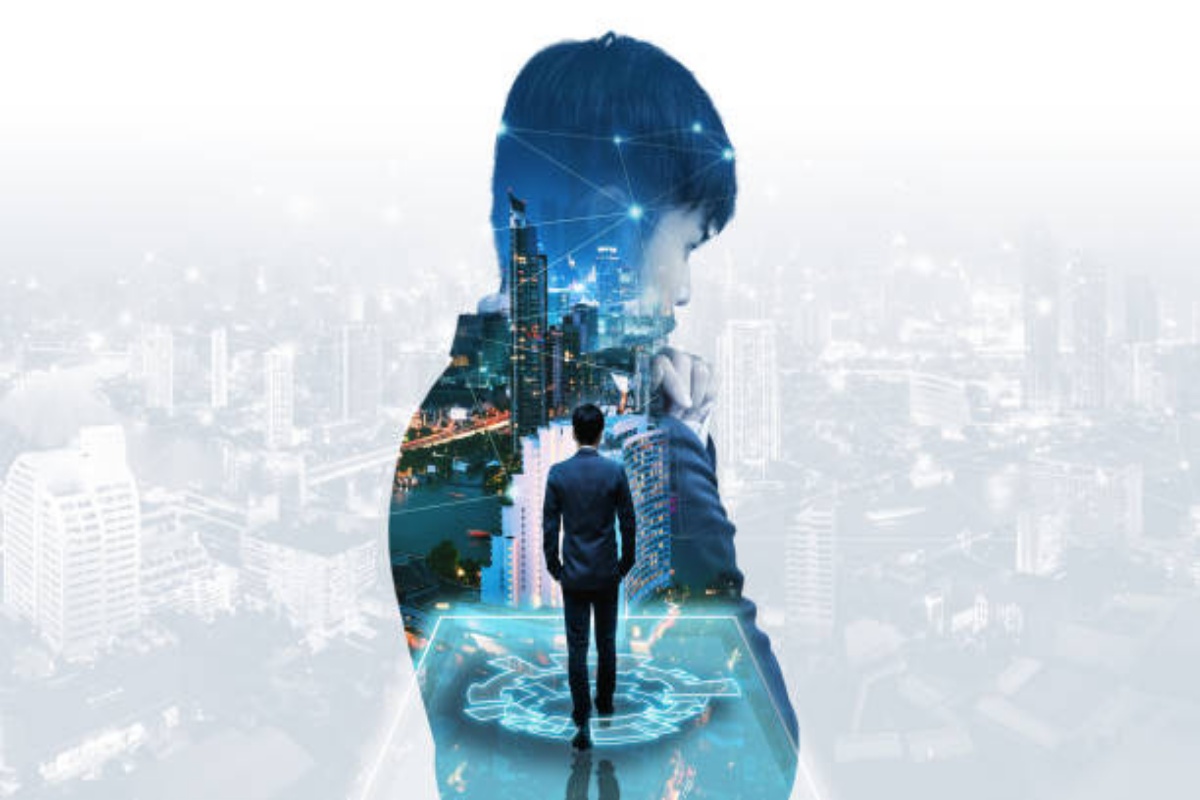In the ever-evolving world of technology, a new star is rising on the horizon — Digital Twins. Once a futuristic concept seen only in science fiction, digital twins are now becoming a critical component of modern industry, urban planning, healthcare, and even personal technology. As we stand on the brink of the next tech revolution, digital twins are poised to become one of the most transformative technologies of the decade.
What Is a Digital Twin?
A digital twin is a virtual representation of a physical object, system, or process. It mirrors the real-world counterpart in real-time, using data, sensors, AI, and simulation models. Think of it as a high-tech clone — not just in appearance, but in behavior and performance.
Digital twins continuously collect data from their physical counterparts through IoT sensors and use this information to simulate, predict, and optimize outcomes. Whether it’s a jet engine, a smart city, or the human heart, anything physical can have a digital twin.
The Evolution of Digital Twins
The concept originated in the early 2000s, but the technology needed to realize it — high-speed connectivity, big data, cloud computing, and AI — has only recently matured. Companies like NASA were among the first to use digital twins to simulate spacecraft behavior and ensure mission success.
Today, with the rise of Industry 4.0, digital twins have found their way into manufacturing, healthcare, real estate, logistics, and even fashion.
How Do Digital Twins Work?
Here’s a simplified breakdown:
- Data Collection: Sensors collect real-time data from the physical entity.
- Modeling & Simulation: A virtual model is created using AI and simulation tools.
- Synchronization: The digital twin updates itself continuously to reflect real-time changes.
- Analysis & Prediction: The twin uses analytics and AI to predict future outcomes or detect anomalies.
- Feedback Loop: Insights from the digital twin are used to optimize or control the real-world object.
Key Applications of Digital Twins
1. Manufacturing and Industry 4.0
Digital twins are revolutionizing factories. By simulating the entire production line, businesses can detect bottlenecks, predict machine failures, and improve product quality.
Example: Siemens uses digital twins in its electronics plant in Germany to cut production time by 30%.
2. Smart Cities
City planners are using digital twins to simulate traffic flows, manage energy usage, and plan infrastructure development.
Example: Singapore has a complete digital twin of the city to monitor pollution levels, manage utilities, and optimize urban mobility.
3. Healthcare
Personalized medicine is now possible with digital twins of human organs or even entire bodies.
Example: Doctors can use heart digital twins to test how a patient would respond to different treatments — without touching the patient.
4. Aerospace and Automotive
These industries rely heavily on simulation for safety and performance. Digital twins help test engines, navigation systems, and vehicle dynamics without physical prototypes.
5. Real Estate and Architecture
Digital twins of buildings can monitor energy usage, improve maintenance, and provide immersive virtual walkthroughs.
Why Digital Twins Are the Next Big Thing
- Predictive Power
Digital twins enable predictive maintenance and performance forecasting, saving billions in operational costs. - Sustainability
By optimizing energy and resource usage, digital twins support greener, more sustainable operations. - Personalization
From healthcare to customer experiences, digital twins allow for deeply personalized services. - Risk Reduction
They reduce the need for real-world testing, which can be costly, dangerous, or time-consuming. - AI Integration
As AI gets smarter, so do digital twins. Machine learning allows these models to adapt and improve over time.
Challenges and Considerations
Despite their promise, digital twins are not without challenges:
- Data Privacy & Security: Real-time data flow raises serious concerns about security.
- High Cost of Implementation: The initial investment in sensors, modeling, and data infrastructure can be significant.
- Complexity: Creating accurate digital twins requires interdisciplinary expertise — from data science to engineering to UX design.
The Future of Digital Twins
As 5G, edge computing, and AI continue to advance, digital twins will become more accessible and sophisticated. Here are some future possibilities:
- Human Digital Twins: Imagine a full-body twin that predicts your health issues or optimizes your workouts.
- Digital Twin Marketplaces: Developers might one day buy and sell digital twins of machines, tools, or buildings.
- Autonomous Decision-Making: Digital twins could be paired with autonomous systems to make decisions without human intervention.
According to MarketsandMarkets, the digital twin market is expected to reach $110 billion by 2028, growing at a CAGR of 60%+.
Conclusion: Embrace the Twin Future
Digital twins are more than just a buzzword — they are a bridge between the physical and digital worlds. From improving efficiency and safety to revolutionizing personalization and sustainability, they hold the key to the next generation of innovation.
As businesses and individuals prepare for a digital-first world, those who embrace digital twins early will have a significant competitive edge. The twin revolution is coming — and it’s going to be transformative.
Are you ready to build your digital twin?
Let me know if you’d like:
- SEO optimization for this blog.
- A shorter version for LinkedIn or social media.
- Infographic ideas or images to go with it.

